Many animals that once roamed the Earth no longer exist. While in some cases this is very sad, in other cases it is for the better. You probably wouldn't be happy to meet one of the ten scariest extinct animals.
10. Titanoboa
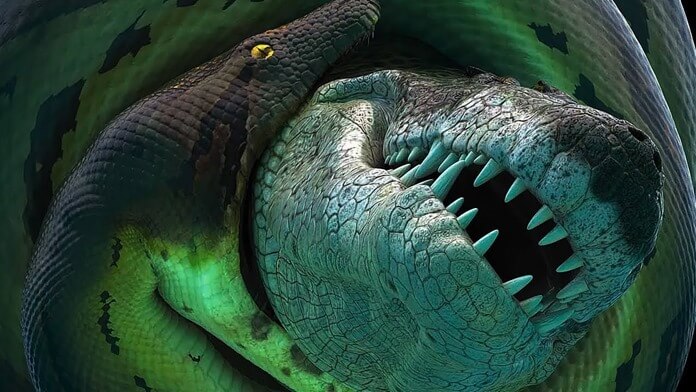
There is not and never has been a snake on this planet bigger than the gigantic Titanoboa cerrejonensis. This monster lived in the Paleocene era, having chosen the muddy rivers of the humid tropical forests in what is now Colombia.
According to paleontologists, titanoboa was 12-13 meters long and weighed about 1.1 tons. It could easily snack on a giant crocodile, which at that time averaged 5 meters in length and weighed 400 kilograms. But titanoboa's favorite food was fish. There were no people yet.
9. Sarcosuchus
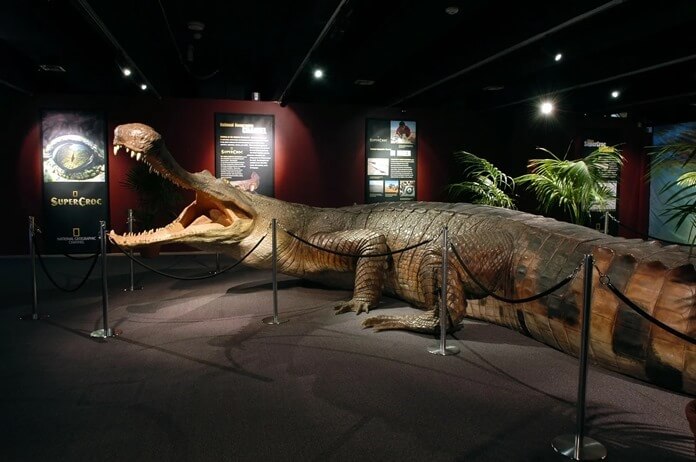
While Sarcosuchus (aka Supercroc or Crocodylomorph) was not technically a crocodile, it was a distant relative of the pholidosauridae family.
About 110-120 million years ago, Sarcosuchus lived in what is now Africa and South America. A complete skeleton of Sarcosuchus has not yet been found, but according to the most modest assumptions, this reptile was half as long and three times heavier than the largest of modern crocodiles.
According to paleontologists, it was an impressive 12-meter, 7-ton reptile that fed on fish and other aquatic creatures, and also did not disdain small dinosaurs, setting up an ambush near the shore. The body of the supercroc itself was protected from bites by a layer of bony scales.
8. Meganeura
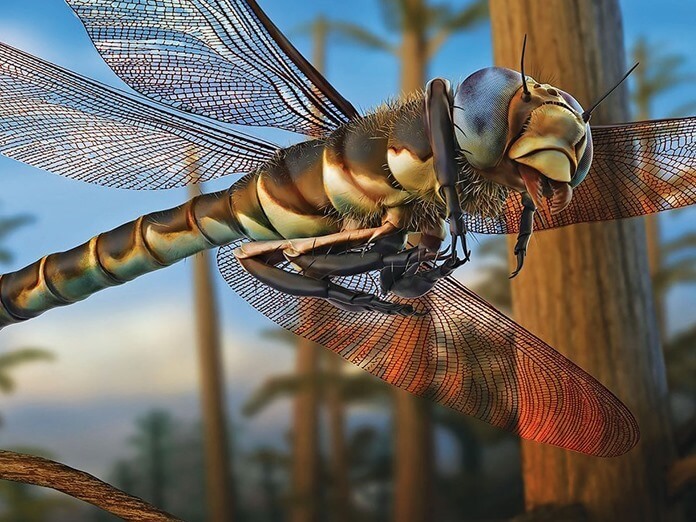
Love dragonflies? Then you might be touched by this reconstruction of a giant dragonfly that lived about 300 million years ago during the Carboniferous period.
The biggest difference between today's dragonflies and those of yesteryear was their size. With a wingspan of half a meter, it was one of the largest insects to ever live on Earth. In those days, Meganeura ruled the skies. It hunted both insects and larger creatures like frogs and newts.
Why aren't giant dragonflies found today? At the beginning of the last century, scientists suggested that the atmosphere of the Carboniferous period contained more oxygen than today. In other words, today's meganeura would simply suffocate.
7. Arthropleura
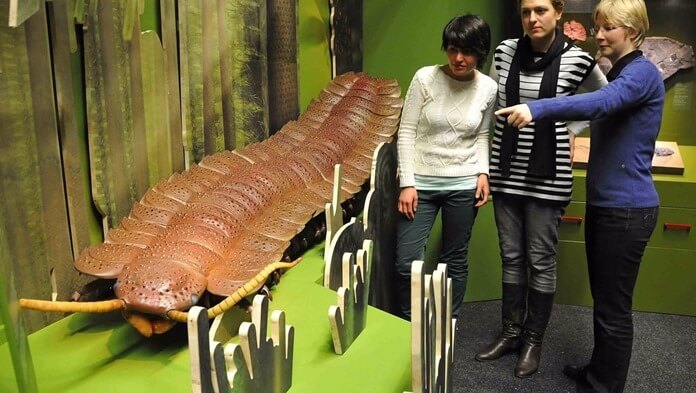
Just imagine this huge centipede crawling across the bed at night...
The body of the Arthropleura was flat and consisted of a series of overlapping segments. Thirty pairs of legs supported the weight of a 50-kilogram body. The body length of the Arthropleura could reach 2.6 meters, and the weight - 50 kg.
Of all the invertebrate species that ever existed, Arthropleura was the largest.
What this creature ate is an open question. Presumably, it ate plant food, but it may have been omnivorous.
6. Megalodon

This extinct species of giant shark lived between 2.8 and 1.5 million years ago. Megalodon is thought to have been similar to today's great white shark, and its name means "big tooth." The largest megalodon tooth ever discovered measured more than 18 centimeters (7.1 in) long.
While great white sharks can reach 6 meters in length and weigh up to 3,175 kg, Megalodon is estimated to have reached 15-18 meters in length and weighed up to 47 tons. And the bite force of the largest specimens was 10.8 tons.
Megalodon was the largest shark in the world and died out just 2.6 million years ago. In life, this underwater monster ate very large animals, such as giant sea turtles and whales.
5. Gorgonops

Even before dinosaurs appeared on our planet, there were many terrifying prehistoric creatures. A great example is the Gorgonops. This animal lived 260 million years ago.
The Gorgonops was about 4 meters long and weighed about 450 kilograms. This creature may have been warm-blooded, which is one of the most interesting facts about it. This means that the Gorgonops' body may have been covered in a layer of fur.
According to scientists, gorgonopsians had a "saber-toothed" type of dental system, and were analogous to the saber-toothed cat of their time.
4. Epicion

Looking at the reconstruction of this huge prehistoric animal that lived about 15 million years ago, it’s hard to say: “Good dog!” If only because this dog could easily eat you for lunch.
Large epicyons weighed 100-135 kilograms and had very powerful jaws, for which they received the nickname "bone crushers".
3. Pulmonoscorpion
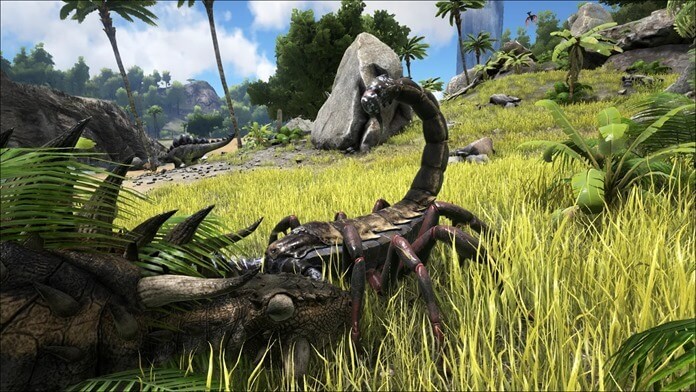
The list of extinct prehistoric monsters already includes a giant centipede. Meet the giant scorpion known as Pulmonoscorpius (the "breathing scorpion"). It lived 336 million years ago in what is now Scotland.
This king of scorpions reached 70 centimeters in length (according to other sources, it grew up to a meter), while the largest modern scorpions grow up to 20 centimeters. The diet of Pulmonoscorpius is not directly known, but it is likely that they hunted smaller arthropods and small tetrapods.
Nowadays, a giant arthropod would simply not have enough oxygen to grow to such a size, much less feel comfortable.
2. Arctod
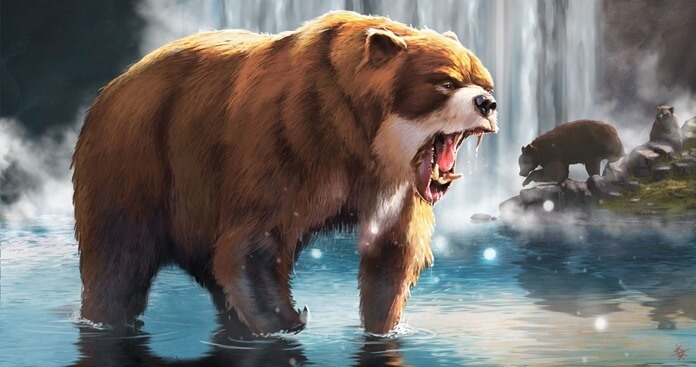
Bulldog bears (Arctodus) are an extinct species that lived in North America during the Pleistocene period, about 1.8 million years ago. At the time, this bear may have been the largest land mammal that ate meat.
Standing upright, the arctodus reaches a height of 3.5 meters and weighs more than one ton. The size of these bears is approximately 50 percent larger than the largest polar bears recorded in history.
1. Spinosaurus

A monster bigger than a Tyrannosaurus rex, that could run and swim, and had a long crocodile-like mouth. All this about the (thankfully) extinct Spinosaurus, the largest carnivorous dinosaur on Earth!
During the Middle Cretaceous, about 93-100 million years ago, Spinosaurus lived in what is now Egypt, Morocco, and the Republic of Niger. It is estimated that the skull of Spinosaurus was about one and a half meters long, and its body length reached 12-16 meters. The body weight is believed to have reached 12 tons.
I don’t know about you, dear readers, but I’m glad that I will never encounter this terrible extinct animal!

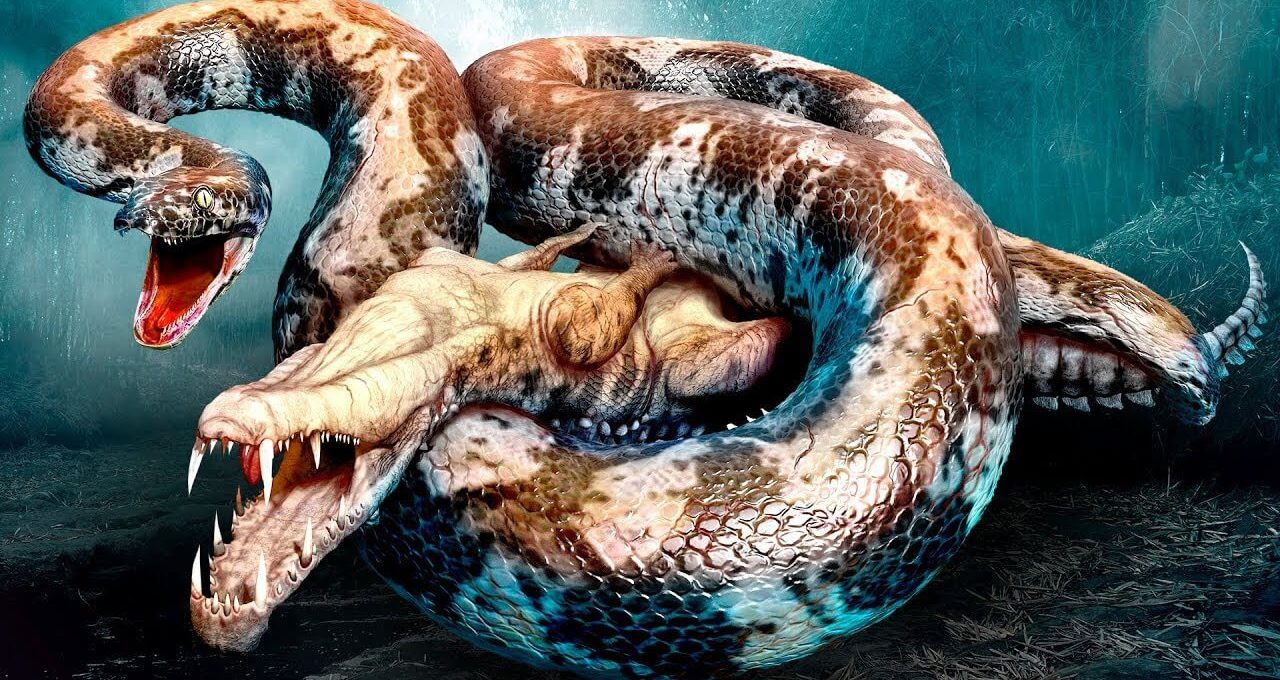












Оставить Комментарий